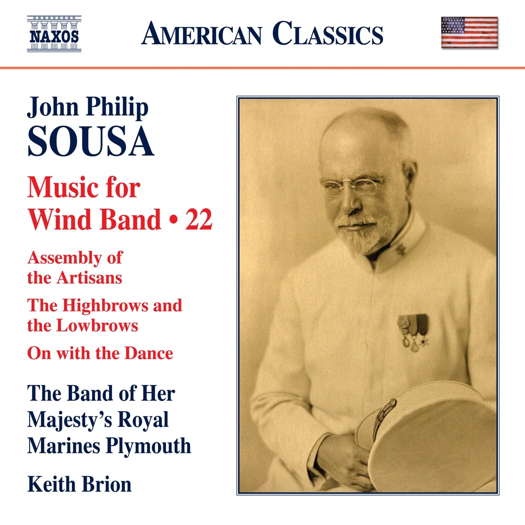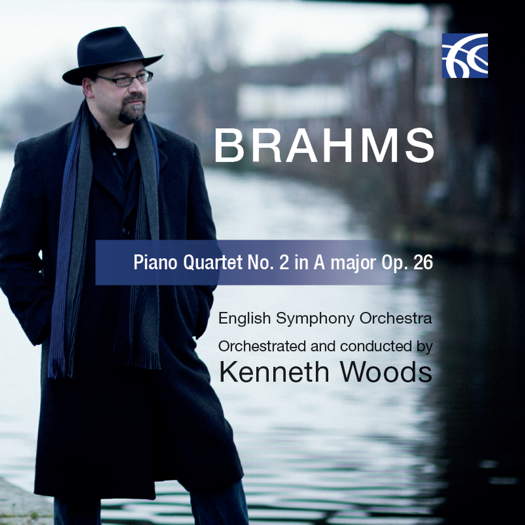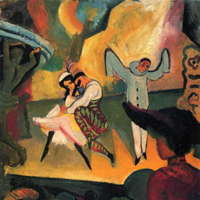- Cinderella
- Jean Richafort
- Derby Concert Orchestra
- Wilhelm Furtwängler
- Institute for Young Dramatic Voices
- Kupalinka
- West Kirby
- Mariana Corichi Gomez

Highly Imaginative
Fantasies by Sousa, heard by GERALD FENECH
'... the music is as exciting and entertaining as one would wish for.'
Born on 6 November 1854, John Philip Sousa personified turn-of-the-century America, the comparative innocence and brash energy of an emerging nation. His rise to fame was indeed quick, and by the age of twenty-six he reached the exalted position of conductor of the United States Marine Band. Apart from his conducting, Sousa was also famous for his compositions and he soon earned the title of 'The March King'.
In 1892 he went one better, forming his own band that was to bring him world acclaim. In the next seven years, the Sousa Band gave thousands of concerts the world over, and this unprecedented popularity came at a time when few American orchestras existed. Up to the early 1920s, band concerts were the most important aspect of US musical life. Sousa was well aware of this fact, and he set out to modify the sound of the brass band by decreasing the brass and percussion instruments while increasing its woodwinds and adding a harp.
The Sousa Band soon became the standard by which American bands were measured, causing a dramatic upgrading in quality nationally. To quote the composer: 'A march should make a man with a wooden leg step out and dance'. And he surely did, that is why pieces such as El Capitan, The Washington Post, Stars and Stripes Forever and many others have remained perennial favourites ever since they were heard for the first time. But marches apart, Sousa was also a prolific composer in other orchestral genres such as symphonic poems, suites and other short descriptive works. Operas and operettas were also his 'forte', and his principles of instrumentation and tonal colour influenced many subsequent musicians. Indeed, his robust patriotic operettas of the 1890s helped introduce a truly native musical attitude in American theatre.
The programme for this twenty-second volume in the Naxos complete cycle of Sousa's wind band output focuses on a lesser known area of this genre: the fantasies. Of the approximately twenty-five published fantasies, most take the form of a sequence of borrowed themes chosen for their common subject matter in order to tell a story. Sousa typically referenced popular songs and famous melodies from classical works, especially operas, and the fantasies' free form structure by which quoted material is quoted verbatim gives the impression of a variety show performance. There is a strong theatrical element in this musical storytelling, both in the sudden appearance of famous tunes and in the use of non-musical sound effects.
Patriotic anthem The Messiah of Nations (1902/24), with words by James Whitcomb Riley, was written and composed as a dedication to the Soldiers' and Sailors' Monument at Indianapolis, 15 May 1902.
Listen — Sousa: The Messiah of Nations
(track 3, 0:12-1:07) ℗ 2022 Naxos Rights (Europe) Ltd:
The Highbrows and the Lowbrows, Fantasy, 'A Study in Rhythm' (1920) begins with a rendition of Handel's Largo from Xerxes, which is then transformed into a bouncy waltz. This is followed by variations on the famous 1851 song Swanee River by Stephen Foster, after which the glorious Sextet from Donizetti's Lucia di Lammermoor makes its bow. This in turn becomes a jazzy One-Step ballroom dance, before the work folds with the finale from Liszt's Hungarian Rhapsody No 2.
Listen — Sousa: The Highbrows and the Lowbrows
(track 2, 17:20-18:20) ℗ 2022 Naxos Rights (Europe) Ltd:
Music of the Minute (1922) comprises a medley of popular songs of the time, including Jerome Kern's 'What'll I do?' and 'Raggedy Ann' and Sousa's own 'The Gliding Girl'.
Listen — Sousa: Music of the Minute
(track 5, 4:12-4:54) ℗ 2022 Naxos Rights (Europe) Ltd:
On with the Dance (1923) is a potpourri of dance themes which includes Meyerbeer's 'Fackeltanze No 1', Gabriel-Marie's 'La Cinquantaine' and David Guion's 'Turkey in the Straw'.
Listen — Sousa: On with the Dance
(track 4, 13:43-14:22) ℗ 2022 Naxos Rights (Europe) Ltd:
Assembly of the Artisans (1924) takes the form of a series of themes, all work-related, which together describe the gathering of delegates of the Artisans Order workshop, complete with 'pots and kettles' percussive effects. The piece ends with a vibrant reference to the 'Anvil Chorus' from Verdi's Il Trovatore.
Listen — Sousa: Assembly of the Artisans
(track 1, 10:27-11:12) ℗ 2022 Naxos Rights (Europe) Ltd:
This is a highly imaginative programme of some very rare pieces from a well-loved composer. Indeed, these works reveal Sousa as a master not only of the military but also of the stage, and with Keith Brion at the helm, the music is as exciting and entertaining as one would wish for. Spirited stuff in excellent sound is complimented by some highly informative notes that help immensely in one's enjoyment of these creations.
Copyright © 15 January 2022
Gerald Fenech,
Gzira, Malta

CD INFORMATION - SOUSA: MUSIC FOR WIND BAND 22




